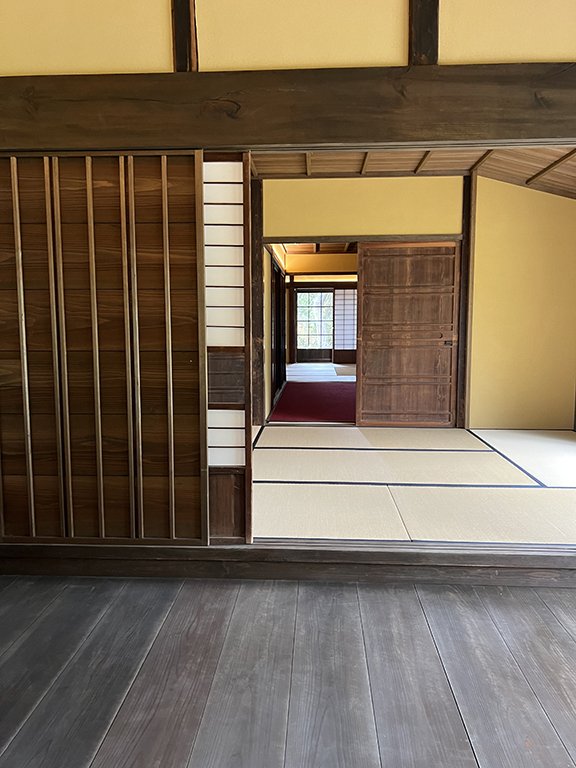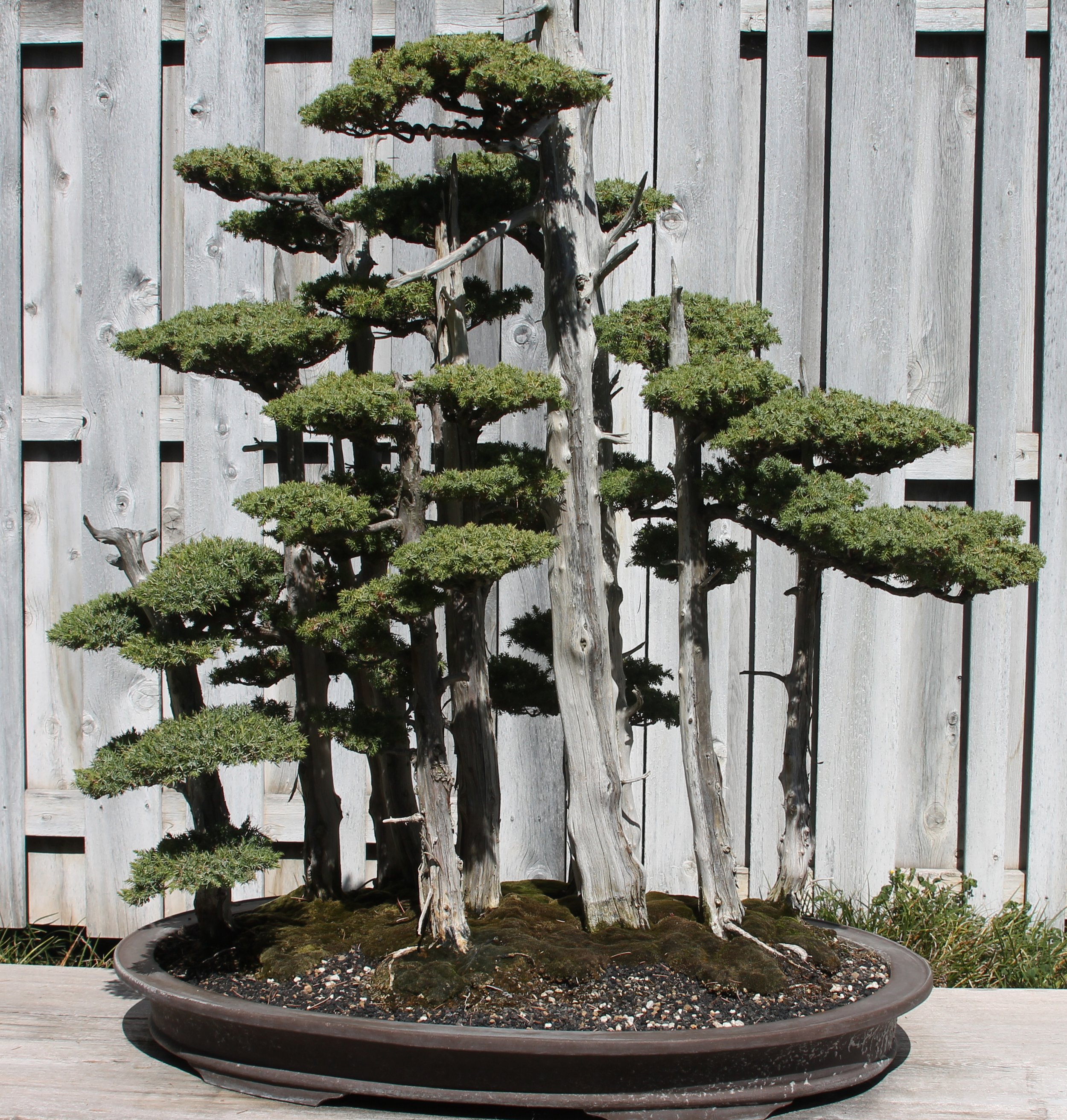Our annual visit to the Huntington Gardens brought us to the new Shoya House Exhibit in the grounds adjacent to the Bonsai and Zen courts of the Japanese garden. It has taken only seven years to relocate this wood and clay house, section by section, using the same carpentry methods and hand tools as those used by the original craftsman. The house was built around 1700 and was both a family home and administrative center for the farming community.
Simple precise wood joints are held together by weight and through careful design without the need to add screws or nails. Our background as furniture makers gave us a deep appreciation of the hand planes, chisels and spoke shaves on display at the exhibit which are similar in function if not form to the old tools Martin brought with him from England.
A comparison of the chisels used by the Japanese carpenter from those used in carving shows how that the Japanese tools had a straight acute end ideal for cutting a straight edge into wood used in making tightly fitted joints for beam and furniture construction. By comparison, most carving chisels have curved blades designed for removing and shaping wood. In both instances a mallet would have been used to hit the handle to help push the blade into the wood.
A visit to the Japanese garden would not be complete without some shots of the amazing bonsai on display. The word “bonsai” is Japanese for “tree in a pot”. It describes trees that are grown and trained to appear as mature miniature replicas of tall older trees of the same species or as a collection of trees. The picture here shows bonsai “Goshin 111” designed by the well-known bonsaist, John Naka and it captures the shape of a small Juniper Forest with 11 trees.
To understand more I visited the site for the Golden State Bonsai Federation and learnt that Goshin 111 or” Spirit of the Guardian” is the third generation of this bonsai but one that closely follows the original design and represents John Naka’s children and grandchildren. In the 1990’s John Naka began training his 11 trees for Goshin 111 which was dedicated to the Huntington in 2001. Like all bonsai, the health of the soil and stability of the root system are key to its survival and must be constantly maintained and repaired. For this reason, only a prime selection of the collection is on display at one time with the balance being in various stages of restoration.
Bamboo Corridor
There is no better way to approach the Japanese gardens than through the corridor of gently swaying bamboo shown below.
Our collection of plant cabinet pulls includes left and right facing sections of bamboo and a small bamboo stem.
The content of this post is based on information available at the Huntington Gardens site and the Golden Stare Bonsai Federation both well worth visiting.















